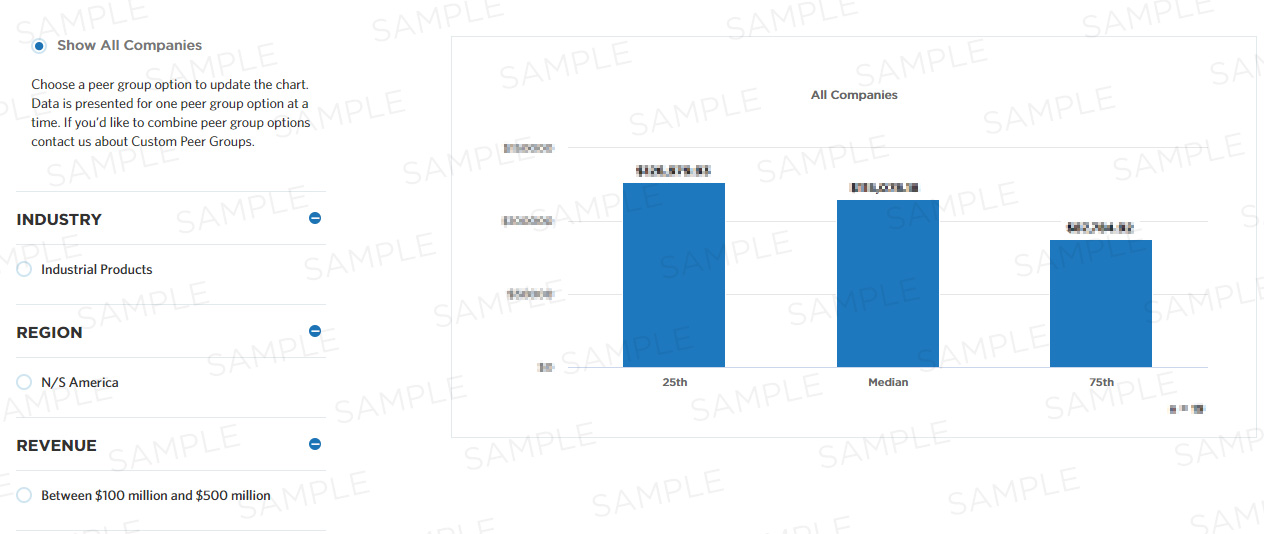Unit fill rate
This measure calculates the percentage of ship-from-stock lines shipped within 24 hours of order receipt, calculated as number of units shipped within 24 hours of order receipt divided by total units shipped. It is part of a set of Process Efficiency measures that help companies optimize the performance of their "operate warehousing" process by minimizing waste and refining resource consumption.
Benchmark Data
| 25th | Median | 75th |
|---|---|---|
| - | - | - |

Compute this Measure
Units for this measure are percent.
Unit fill rate
Key Terms
Process efficiency
Process efficiency represents how well a process converts its inputs into outputs. A process that converts 100% of the inputs into outputs without waste is more efficient than one that converts a similar amount of inputs into fewer outputs.